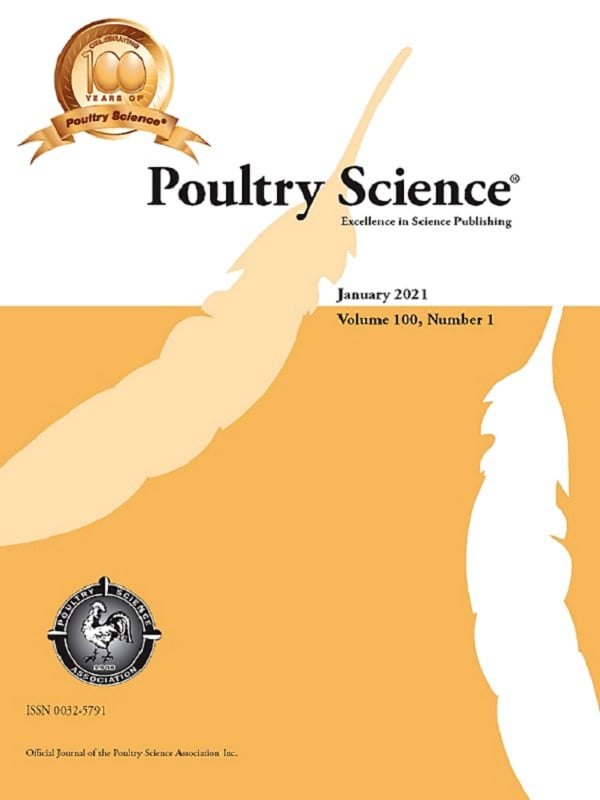
Effect of L-glutamic acid N,N-diacetic acid on the availability of dietary zinc in broiler chickens
- Poultry
The Poultry Research Facility has its own experimental feed plant, enabling us to produce all of the feed we use on location. This makes it possible to study a high variety of experimental diets and saves significant CO2-equivalent emissions from transport. All of the feed bags are precisely weighed before they are moved to the facility and colour coded to differentiate treatments.


The facility for laying hens can house over 1,500 hens and enables us to intensively monitor animal health and performance. Some pens are specifically designed to study the split-feeding concept, in which we provide a different feed composition to the laying hens in the morning and in the evening, to more precisely meet the nutrient requirements of hens during the egg formation cycle. This is a great example of sustainable precision nutrition, leading to better laying hen performance and reduced emissions of nitrogen and phosphorus into the environment. The laying hens’ facility enables us to fully control the environment and simulate different circumstances around the globe. We can study important animal measures such as feed and water intake, body weight and excreta composition, as well as shell and egg quality.
The hatchery allows us to monitor chicks right after hatching and study the effects of gender, genetics, fasting and immediate feed availability. This study is part of the LifeStart project, based on the philosophy that what happens during the first days of a chick’s life impacts its lifetime performance.


The broiler facilities can house over 6,000 birds, in a barn where the climate can be fully controlled. One of the studies performed in these facilities relates to our broiler model, which calculates feed costs, revenues and margin by predicting growth, FCR and carcass yield. Our feed additives portfolio has also been extensively studied at these facilities.
Our latest addition to the Poultry Research Facility, constructed in 2020, is a new climate-controlled poultry facility, with four identical research rooms that enable us to simulate contrasting environmental conditions and evaluate different solutions under either normal or more challenging scenarios. You can read more about this unit here.

The opportunity for visitors – including farmers, academics, and other researchers – to visit the facility and understand how research informs our solutions brings a new level of transparency to stakeholders across the feed-to-food chain.
